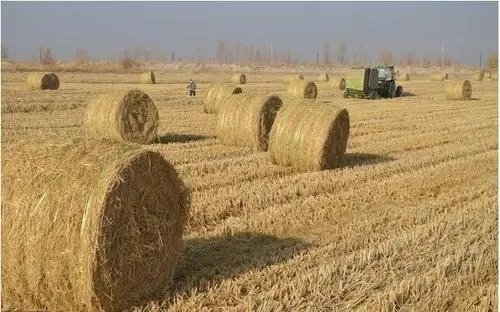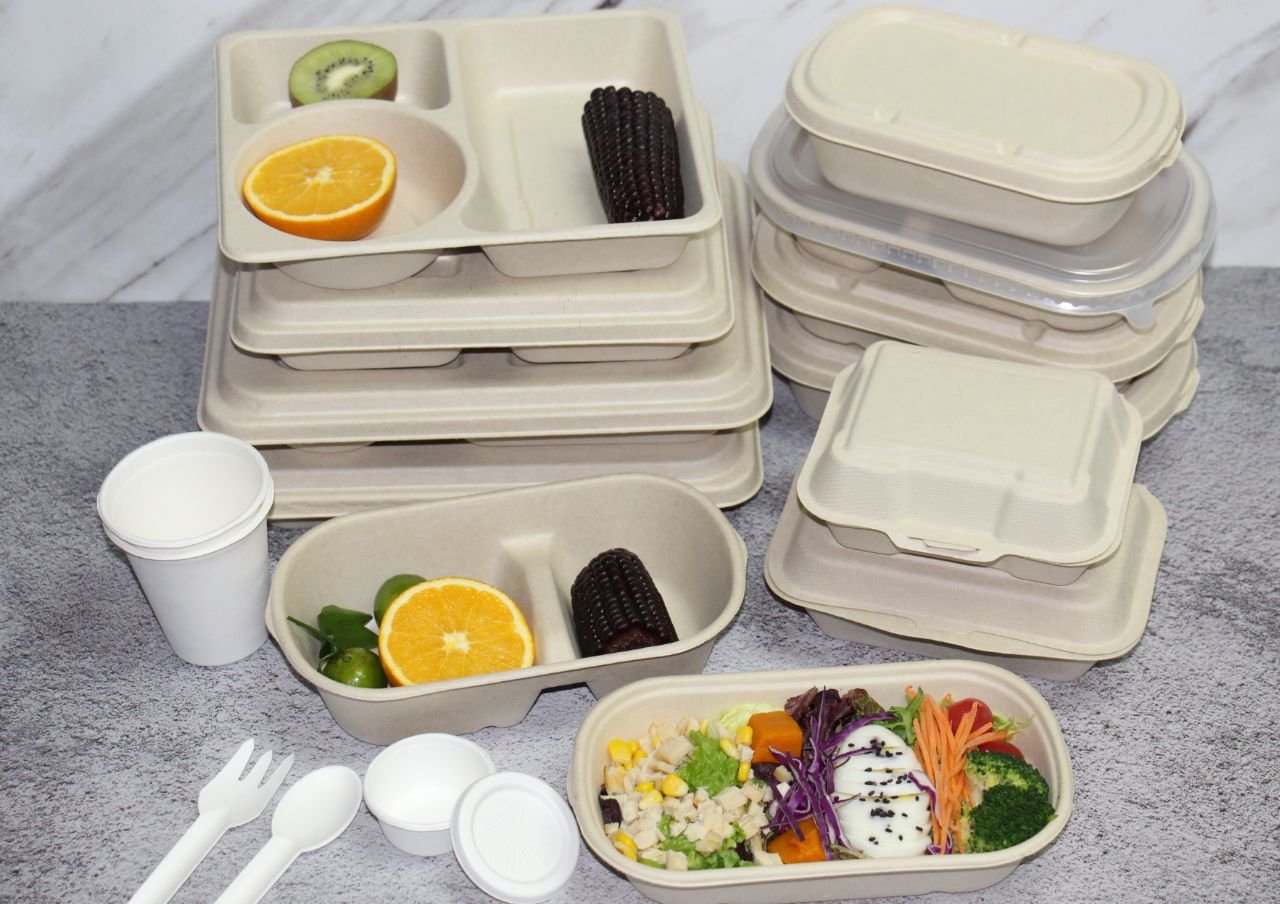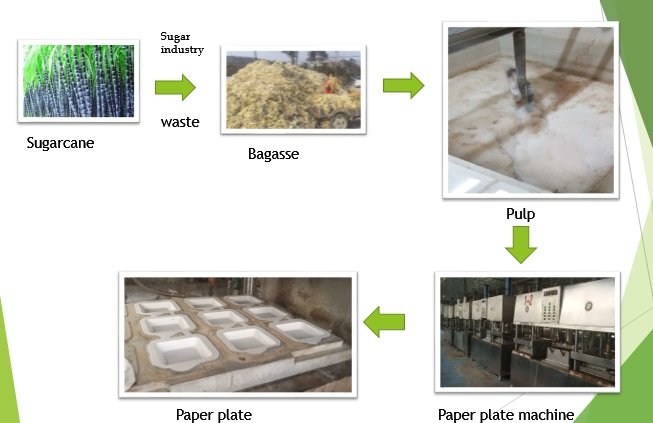The production of disposable dinner plates by rice straw is a complete process project. Including rice straw pulping system and disposable plate machine.
Rice Straw Plate Making Machine
1.Product Description
The production of disposable dinner plates by rice straw is a complete process project.
Including rice straw pulping system and disposable plate machine.
The rice straw pulping process mainly includes the following steps:
Raw material handling. The rice straw is screened, chopped, and broken to facilitate the subsequent pulping process.
1.Pulping. Put the treated rice straw into the pulping tank, add an appropriate amount of alkali solution and water, and stir the straw fibers at high speed to form preliminary pulp.
2.Cooking. Add the preliminary pulp to the cooking tank, add lye and other auxiliary agents, and allow it to undergo a chemical reaction in a high-temperature and high-pressure environment,
making it easier to separate the fibers and obtain better quality pulp.
3.Bleach. The cooked pulp is bleached to remove impurities and obtain purer pulp.
4.Pulp washing. The bleached pulp is washed to remove residual alkali, bleach and other components to obtain the final pulp.
In addition, there are some other pulping methods, such as biological pulping and energy-saving and environmentally friendly straw pulping technology.
Biopulping is a process that uses the ability of microorganisms to decompose lignin to remove lignin from pulping raw materials and separate plant tissues and fibers into pulp.
The energy-saving and environmentally friendly straw pulping process includes the steps of crushing the straw raw materials, introducing sulfur trioxide gas for reaction, and flushing to obtain lignin, semi-fiber and cellulose solids.

2.Process of Making Paper Plates.
Making paper plates from paper pulp always uses wet pressing process.
The wet pressing process refers to a process in which the slurry is injected into the molding mold through a pipeline after pulping, and the excess moisture is absorbed by vacuum. After forming a wet embryo, it is immediately transferred to the hot-pressing shaping mold for rapid extrusion and drying;
Advantages of the wet pressing process: The wet pressing process has high production efficiency for environmentally friendly tableware. It can be transferred and finalized immediately after molding, and the production speed is fast. The moisture content of the wet embryo in the wet pressing process is about 65-75%. The moisture content is high and requires a long vacuum adsorption time; The degradable tableware products produced by the wet pressing process have a smooth, delicate surface and are beautiful in appearance; the disposable lunch boxes produced by the wet pressing process have thinner walls, higher density, and save volume;

If you have any needs , please fill out the form below and we will contact you as soon as possible.